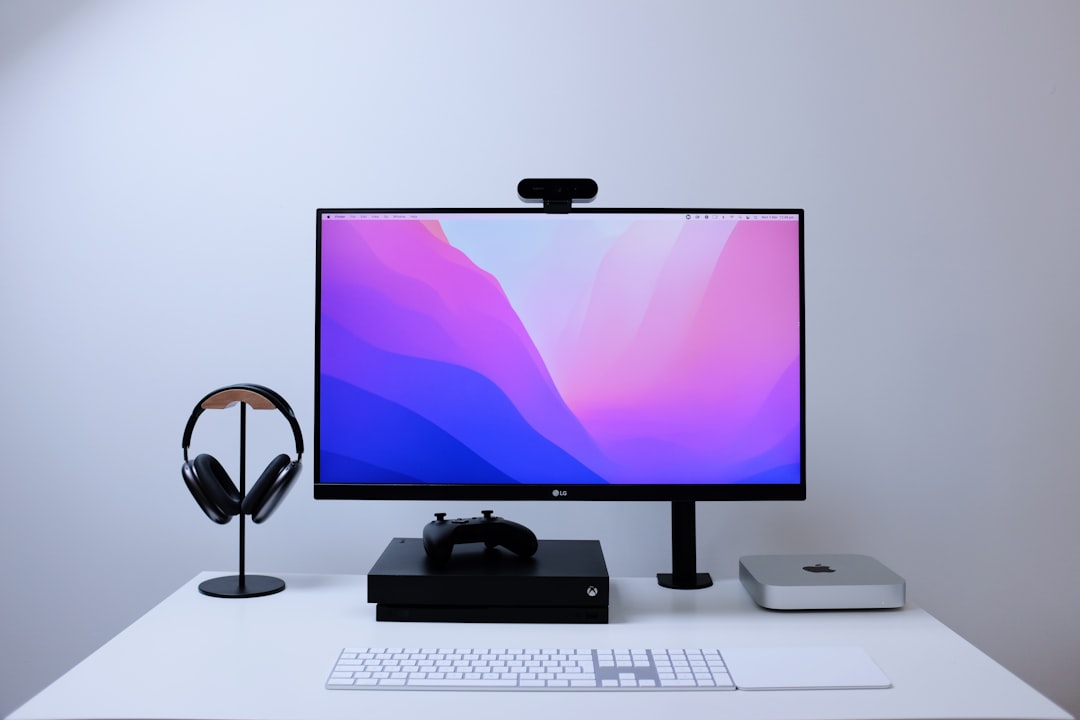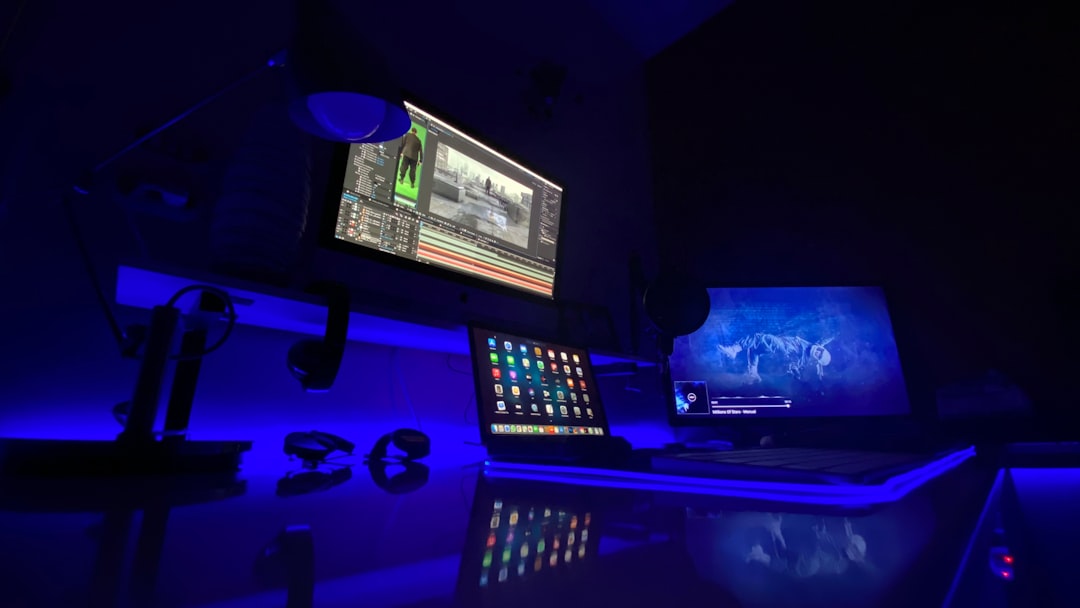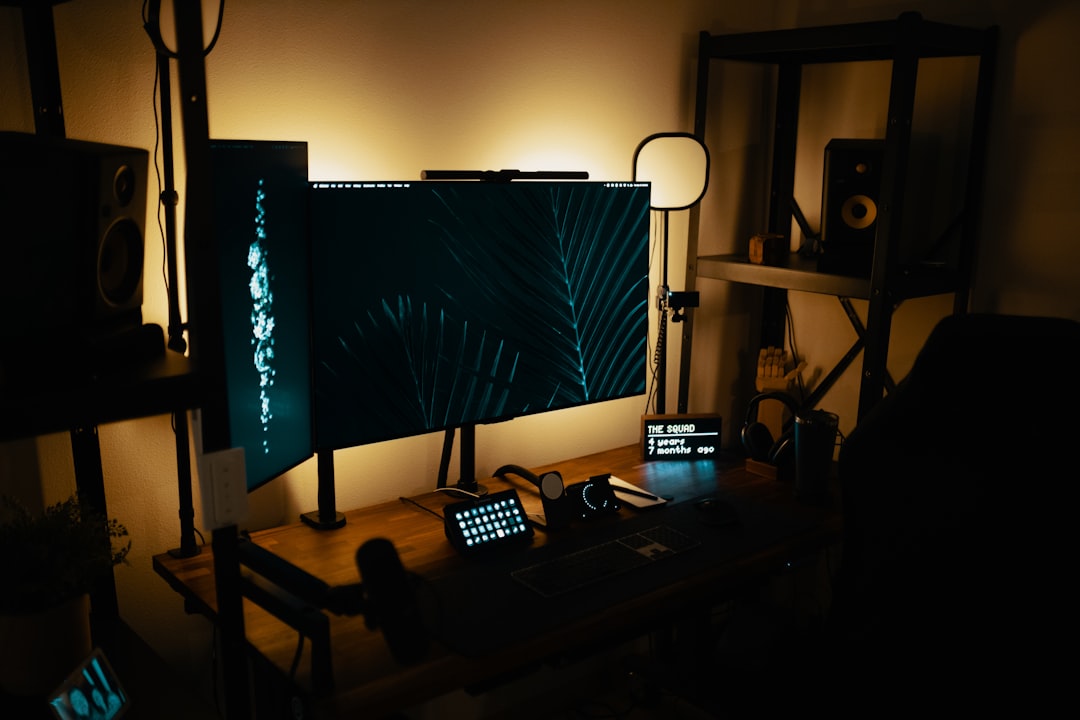Nanoleaf has transformed smart lighting with its modular LED panels, offering an immersive audio-visual experience for homes and offices. For PC users who want dynamic lighting that reacts to on-screen content or simply wish to control their lighting setup with greater precision, connecting Nanoleaf to the PC Desktop App is a reliable and efficient approach. This guide walks you through the entire process step by step, ensuring a seamless connection between your Nanoleaf device and your computer.
Requirements Before You Begin
Before launching into the installation and setup, make sure the following prerequisites are met:
- Active Wi-Fi network that both your PC and Nanoleaf panels are connected to.
- Nanoleaf Shapes, Lines, Elements, or Canvas panels.
- Nanoleaf paired and working via the Nanoleaf mobile app.
- Windows 10 or macOS 10.14 and above.
Additionally, ensure the firmware on your Nanoleaf panels is up to date. This can easily be done using the Nanoleaf mobile app under Settings > Firmware Updates.
Step-by-Step Guide to Connect Nanoleaf to PC Desktop App
Step 1: Download the Nanoleaf Desktop App
Visit the official Nanoleaf website and download the desktop app suitable for your operating system:
- For Windows: Download Nanoleaf Desktop App
- For macOS: Available in the Mac App Store or via Nanoleaf’s official link
After downloading, proceed with the installation by following the on-screen prompts. Run the application once installation is complete.
Step 2: Ensure Your Nanoleaf and PC Are on the Same Network
To establish a connection, both your PC and the Nanoleaf panels need to be on the same Wi-Fi network. If they are not, the app will not detect the panels during the pairing process.

Step 3: Add a New Device in the Desktop App
Open the Nanoleaf Desktop App. When launched for the first time, the app searches for available devices automatically. If your panels don’t appear, click on ‘Add Device’.
From here, take note of the pairing code provided with your Nanoleaf product—often located on the power supply or the back of the control square.
Follow these steps:
- Click on ‘Add Device’ and enter your pairing code when prompted.
- The app will initiate a pairing process. A successful connection is typically indicated by a confirmation message.
Step 4: Control and Customize Your Panels
After pairing, your Nanoleaf panels will show up in the Nanoleaf Desktop App dashboard. You can now:
- Browse and apply scenes in your library or download new ones from the Nanoleaf community.
- Create custom scenes using the color wheel and animation transitions available within the app.
- Schedule lighting changes based on time or application usage.

Step 5: Sync Lighting With Screen Activity (Optional)
One of the most exciting features for gamers and media enthusiasts is the ‘Screen Mirror’ function. To activate it:
- Select the ‘Screen Mirror’ tab in the desktop app.
- Choose a mirror mode – from Match, Follow, Pulse, or Ambient.
- Adjust sensitivity, palette preferences, and area of effect.
This feature causes your Nanoleaf lights to respond to screen content—perfect for creating immersive movie or gaming setups.
Troubleshooting Common Issues
If your Nanoleaf panels are not showing up or facing frequent disconnects, try the following:
- Restart your router, PC, and Nanoleaf controller.
- Ensure the firmware and desktop app are both updated to the latest version.
- Switch network bands (2.4 GHz is recommended over 5 GHz for Nanoleaf).
- Temporarily disable firewall or network protection settings that may interfere with device discovery.
You can also re-pair the panel using the mobile app if all else fails before trying again with the desktop app.
Conclusion
Connecting Nanoleaf panels to the PC Desktop App unlocks a powerful range of customization and interactive features that elevate your smart lighting experience. Whether you’re seeking greater ambiance control, automation, or an immersive visual sync with your screen, this integration is an essential step. Following the instructions above carefully ensures a dependable and functional connection—giving you full control over your lighting environment from your desktop.

